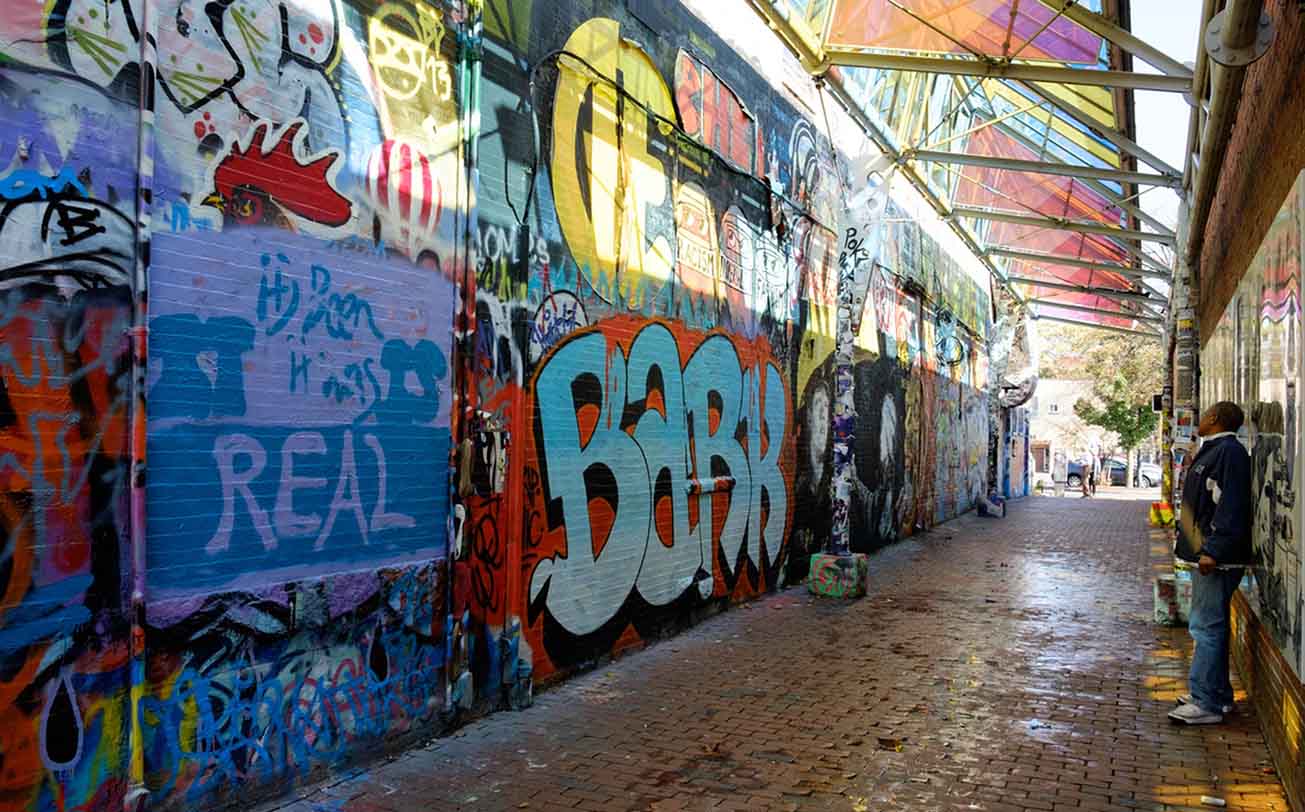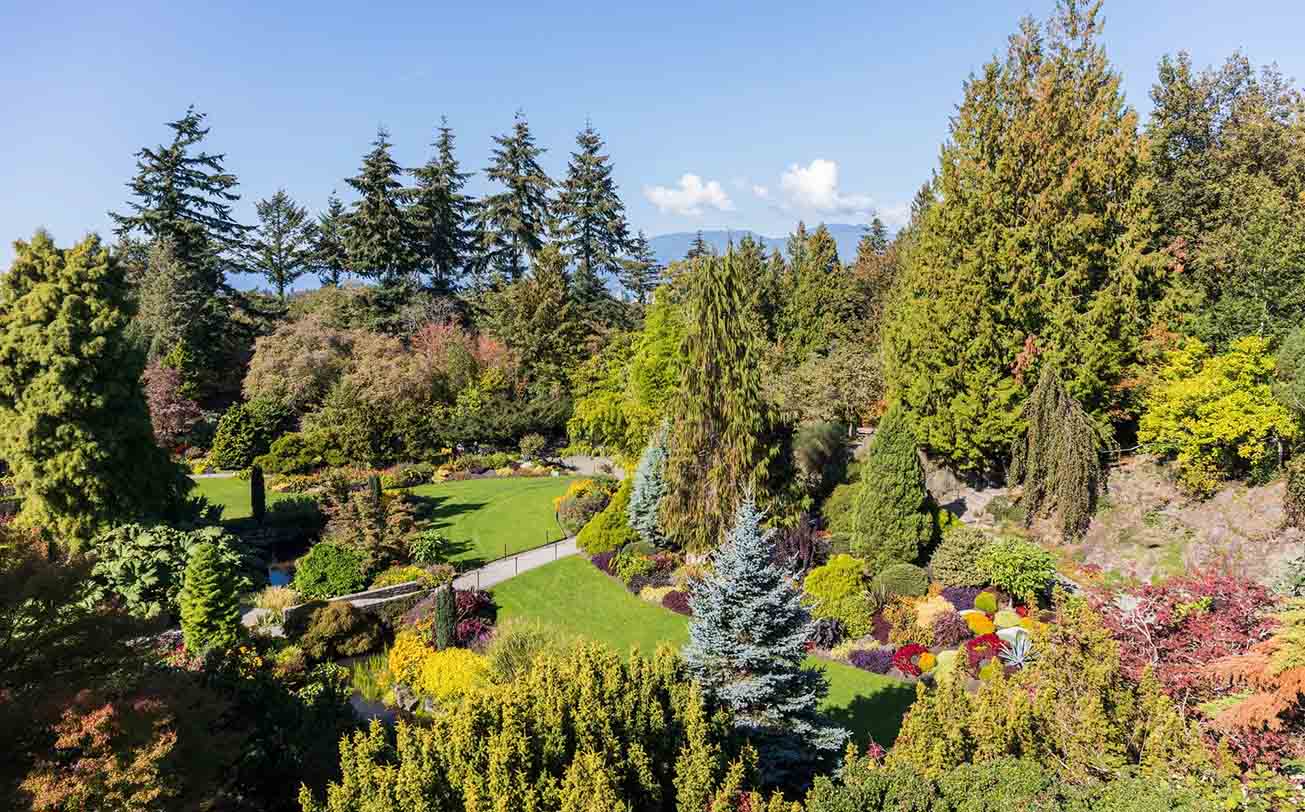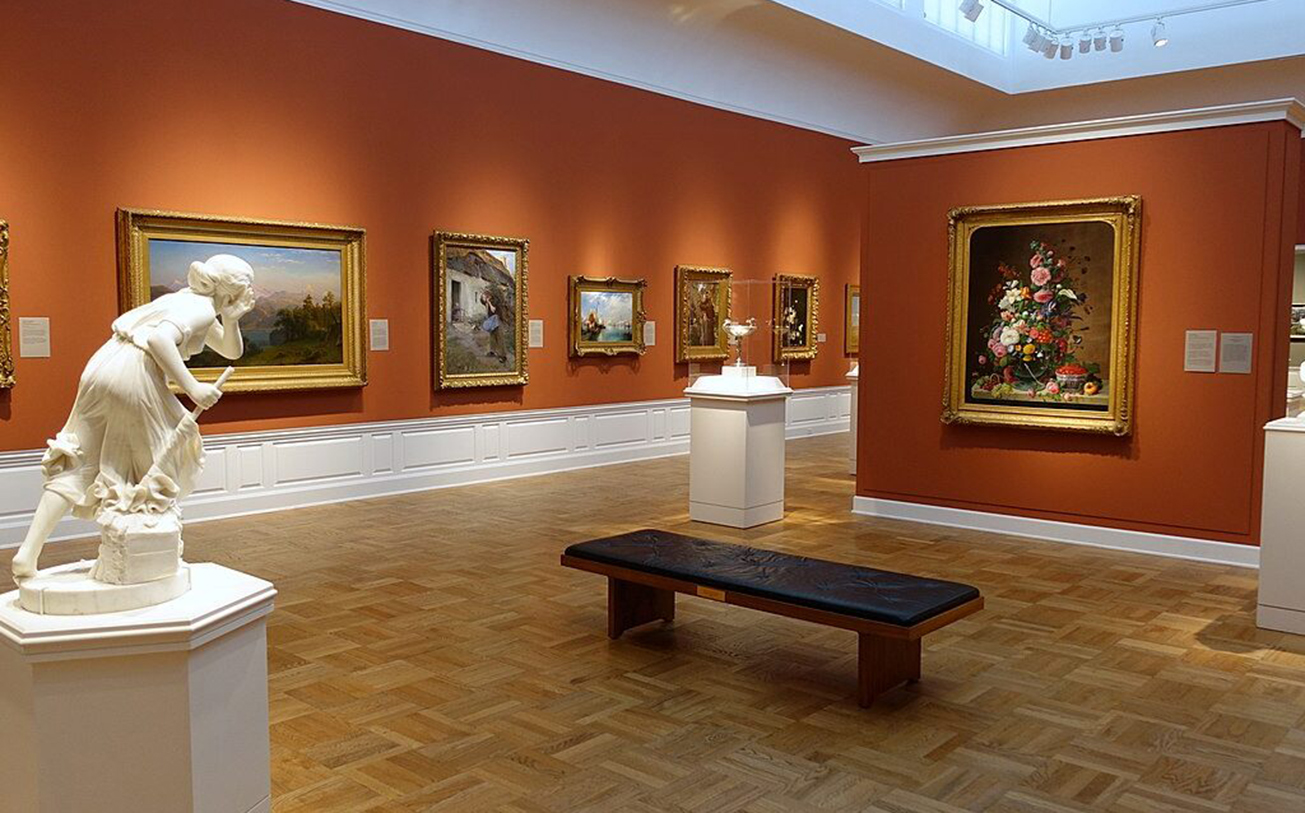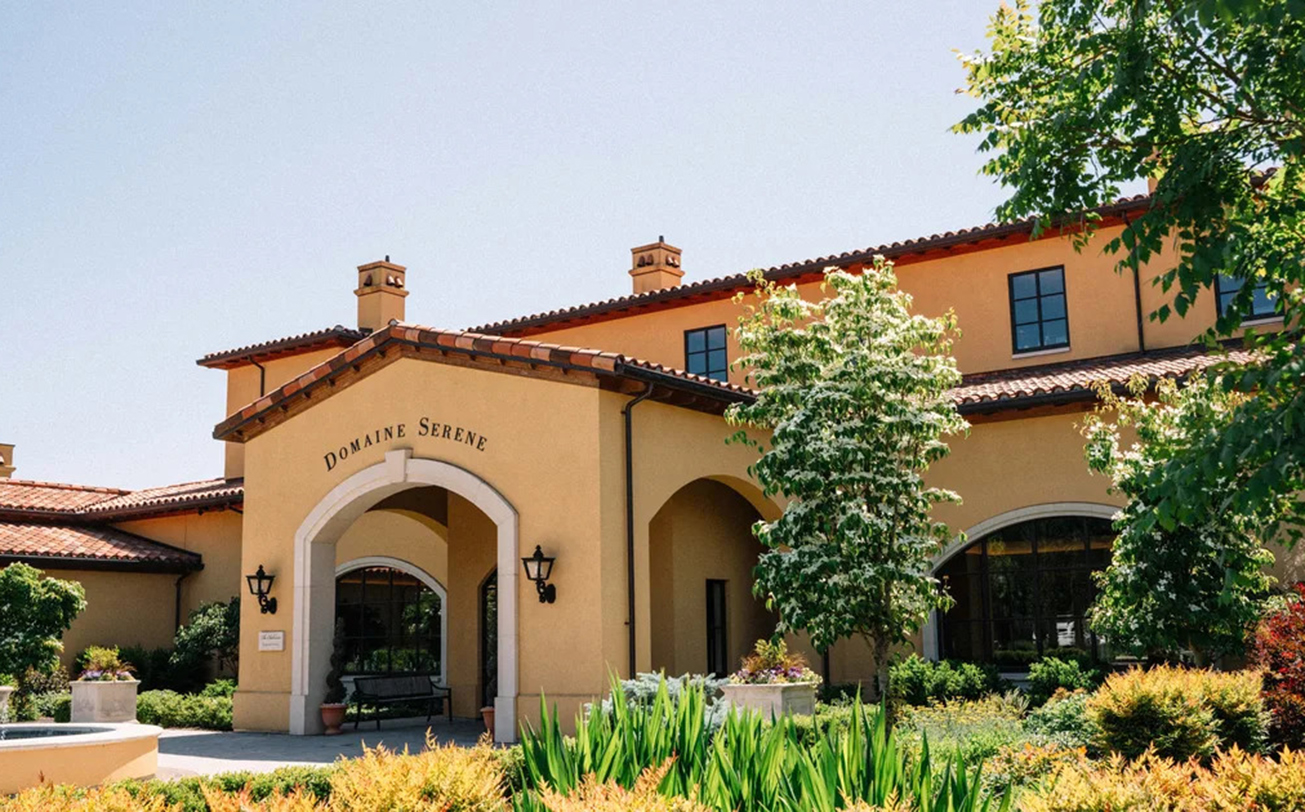In Seattle, beyond well-known landmarks like the Space Needle, Pike Place Market, and the original Starbucks, I’ve come to love those lesser-known places that spark my imagination. These hidden corners—tucked away in alleyways, nestled in museums, or splashed across neighborhood walls—may lack commercial buzz, but they pulse with the everyday life and creative spirit of Seattleites. Each visit to these spots gives me a deeper memory of the city and brings me closer to its soul. On this trip, I’ve curated ten overlooked places in Seattle that moved me deeply. They might not be the city’s headliners, but they’re dazzling in their own right.
1. Post Alley Graffiti Wall: A Street Theater of Unleashed Creativity
Near Pike Place Market, Post Alley is a narrow, character-filled lane that seems to breathe with the pulse of Seattle’s underground culture. Many tourists come here to marvel at the Gum Wall, that sticky, bizarre urban oddity, but I always find myself lingering much longer to take in the stunning graffiti that stretches across both sides of the alley. Layers of visual noise—murals, tags, stencils, protest slogans, and surreal paste-ups—cover the brick in a beautiful disorder. I spent an entire afternoon there, entranced, as a local artist painted a swirling phoenix on a corner wall. His hands moved with such intent that it felt almost spiritual. It’s more than just paint on bricks—it’s a living, evolving conversation with the city.
2. Ballard Locks: Where Mechanics and Nature Flow in Harmony
The Ballard Locks (officially the Hiram M. Chittenden Locks) might not top every tourist itinerary, but for me, it’s a space where the mechanical and the organic coexist in a gentle rhythm. I stood mesmerized as yachts, fishing boats, and kayaks slowly moved through the locks, rising and falling with the changing water levels. It was like watching a giant, water-powered clockwork unwind. A short walk away is the fish ladder, where I witnessed salmon launching themselves up the steps in a tireless battle against the current—it was raw and humbling. The surrounding Carl S. English Jr. Botanical Garden adds another layer of tranquility, where couples picnic, elderly folks read in the shade, and spontaneous street music blends with birdsong. It’s a serene escape, quietly brimming with life.
3. The Museum of Flight: Where the Dream of the Sky Begins
Tucked near Boeing Field, The Museum of Flight is an aviation enthusiast’s dream and a powerful reminder of humanity’s desire to defy gravity. The exhibits are nothing short of awe-inspiring, with everything from delicate wooden gliders to Cold War fighter jets. I stepped aboard the British-French Concorde and was transported to an era of supersonic ambition—the narrow cabin, the complex dashboard, the nostalgia of jet-age luxury. Nearby, I spent a good hour navigating a 737 flight simulator, laughing at my rough landings but appreciating the challenge. The museum also houses space exploration galleries and interactive STEM zones for kids, making it both educational and deeply immersive. It’s not just a museum—it’s a launchpad for imagination.
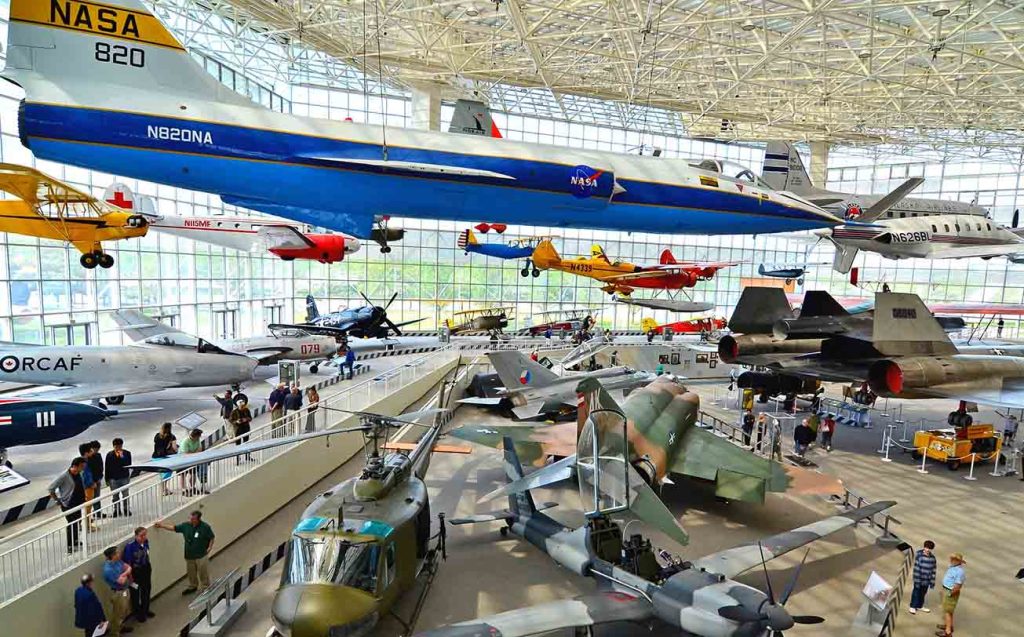
4. Georgetown: Where Industry Meets Indie Art
Georgetown is where grit meets creativity. Once a gritty industrial hub, it has transformed into a haven for Seattle’s artists and iconoclasts. The neighborhood wears its history proudly—rusty signage, weathered facades, and exposed brick walls coexist with colorful murals and kinetic sculptures. I wandered into “Fantagraphics Bookstore,” a comic shop that doubles as a cultural archive of independent thought, housing zines, graphic novels, and satirical artwork. Outside, food trucks served experimental fusion dishes, and a band played garage jazz under an overpass. Every second Saturday, the Art Attack event turns the whole district into an open gallery crawl, with warehouse spaces becoming pop-up exhibitions. Georgetown isn’t polished—but that’s its strength. It’s honest, imaginative, and fiercely independent.
5. The Fremont Troll: A Giant Monster Beneath the Bridge
In Fremont, weird is welcome. The Fremont Troll, a hulking concrete sculpture lurking beneath the Aurora Bridge, is the neighborhood’s most beloved oddity. This 18-foot beast clutches a full-size Volkswagen Beetle in its fist, as though it emerged from a modern fairy tale to protect its bridge. When I first stumbled upon it, I felt an unexpected jolt of joy—part awe, part nostalgia. Kids scrambled over its arms like it was a playground, couples posed for offbeat selfies, and locals chatted nearby with coffee in hand. There were no signs saying “Don’t Touch” or “Keep Off”—only an open invitation to engage. That’s what sets Seattle apart for me: its art isn’t sealed behind velvet ropes. It lives among us, a part of the everyday landscape, strange and wonderful.
6. Volunteer Park Conservatory: A Tranquil Tropical Escape
In the midst of urban noise, the Volunteer Park Conservatory is a peaceful oasis, often overlooked by hurried visitors. This elegant Victorian glasshouse shelters a lush and carefully curated collection of tropical plants, rare orchids, and striking succulents arranged in themed rooms—from arid deserts to humid jungles.
Stepping inside feels like crossing seasons or even continents. The aged floor tiles crack softly beneath your feet, and the air—thick with earthy, botanical perfume—hugs your senses. Rays of filtered light dance through glass panels, illuminating ferns, bromeliads, and dangling air plants. I sat in a quiet corner bench, enveloped in greenery, listening to the gentle trickle of a hidden water feature. In that moment, the outside world disappeared. It was just me, the plants, and a gentle sense of timelessness.
7. Kubota Garden: Zen Serenity Meets Pacific Northwest Wilds
In the heart of Rainier Valley lies Kubota Garden, a hidden sanctuary that beautifully blends Japanese garden traditions with the wild textures of the Pacific Northwest. It was created in 1927 by Fujitaro Kubota, a visionary landscape artist and Japanese immigrant who poured decades of love and discipline into this space.
Winding stone paths meander through serene koi ponds, cedar groves, and intricately placed boulders. Each turn reveals new layers—mini waterfalls cascading over moss-covered rocks, stepping stones leading to quiet glens, and vibrant maple leaves glowing like embers in the sun. It’s a place where silence speaks, and time seems to stretch. I found myself pausing often, just to breathe and take it in. The garden feels like a living meditation, changing with the seasons, always grounded in harmony and balance.
8. Gas Works Park: A Post-Industrial Dreamscape
Gas Works Park, set on the site of a defunct coal gasification plant, is one of Seattle’s most unconventional and visually arresting parks. Instead of erasing its gritty industrial past, the city transformed rusting machinery and towering pipes into bold sculptures that contrast dramatically with grassy hills and open skies.
I climbed the gentle slope of Kite Hill, where families flew kites and picnicked under the wide horizon. From the summit, Lake Union shimmered below, mirroring the downtown skyline in perfect symmetry. Behind me, corroded gears and metal tanks loomed like modern ruins—ghosts of industry given a second life. What struck me was how the park doesn’t sanitize its history. It embraces it, even celebrates it. It felt like walking through a living poem: one part nostalgia, one part rebellion, and all parts awe.
9. Henry Art Gallery: Small in Scale, Big in Thought
Tucked away inside the University of Washington campus, the Henry Art Gallery is easy to miss—but its intellectual and emotional impact is anything but small. With a focus on contemporary art, its exhibitions often tackle pressing social themes through immersive, multimedia formats.
When I visited, a provocative show on gender and identity unfolded in dimly lit rooms. One installation invited visitors to step inside a mirrored chamber where disjointed videos and neon texts flickered all around—disorienting but deeply moving. Another piece featured handwritten letters from trans individuals layered under translucent fabric, asking viewers to look closer, to listen more. It’s not a place for passive observation. Each exhibit asks you to participate, to reflect, to feel. The Henry reminds me that art isn’t always comfortable—but it’s always necessary.
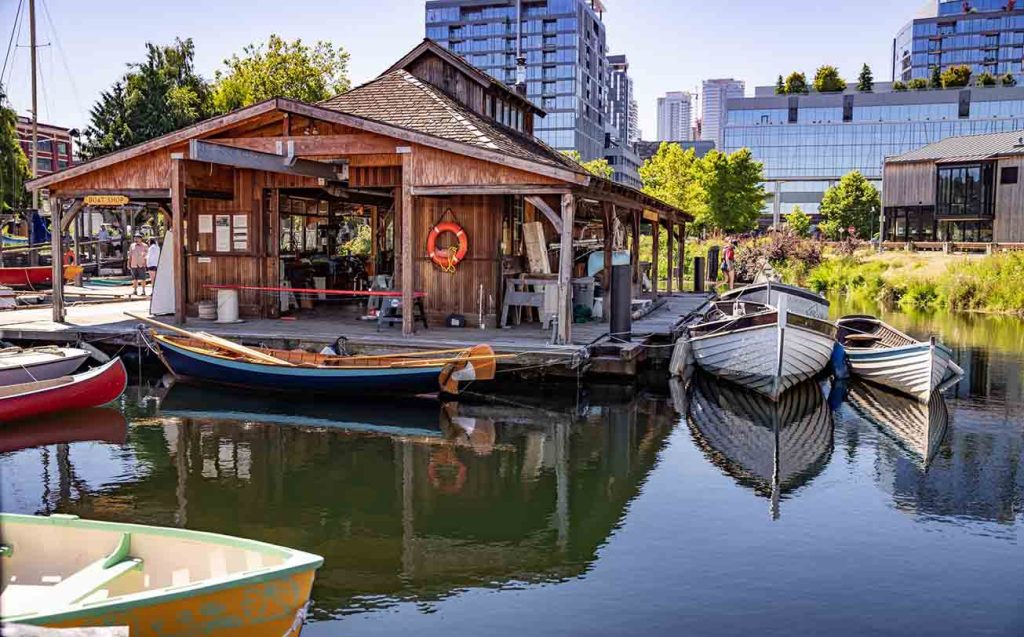
10. The Center for Wooden Boats: A Lakeside Lesson in Slow Living
Nestled along the calm shores of Lake Union, The Center for Wooden Boats is more than just a museum—it’s a community dedicated to preserving maritime craftsmanship and the soul of traditional seafaring. The atmosphere here is hands-on, humble, and heartwarming.
Visitors can paddle historic wooden rowboats, learn the intricacies of knot tying, or observe volunteers restoring antique vessels in the open-air workshop. I joined a paddle-making class where we spent hours shaping cedar planks with simple tools, the smell of sawdust mingling with lake breeze. Conversations flowed easily, and strangers became teammates. Watching the sun set behind the boats, their hulls glowing golden, I realized that this place teaches more than skills. It teaches patience, presence, and a quiet reverence for things built by hand and lived with heart.
Finding the Real Seattle in Its Hidden Corners
People often ask why I keep returning to Seattle. My answer is simple—it’s not just the iconic landmarks that draw me back. In these offbeat, creative corners, I truly get to know Seattle’s personality: diverse, open-hearted, slightly stubborn, and deeply poetic.
If you’re willing to put the map away and stray from the main route, you may find that what moves you most isn’t the towering Space Needle, but a quiet alley, a winding path, or a windblown graffiti wall. In those hushed moments, inspiration and passion quietly take root.
